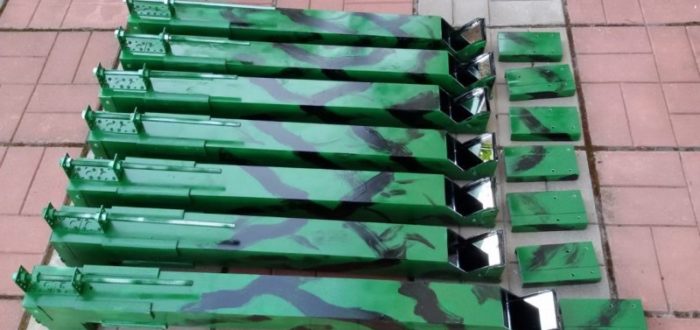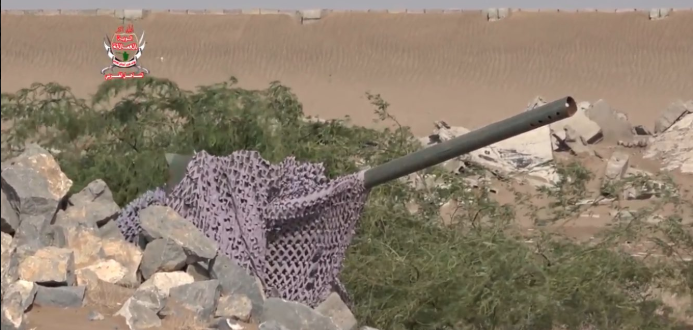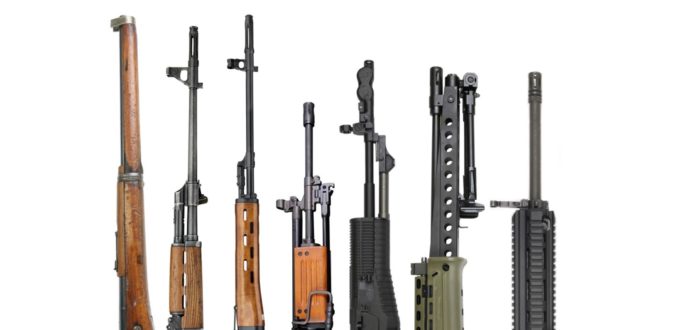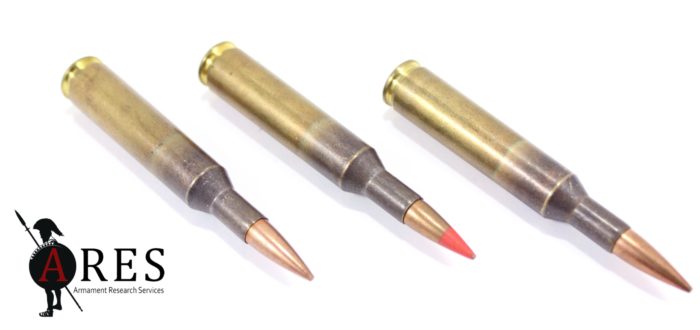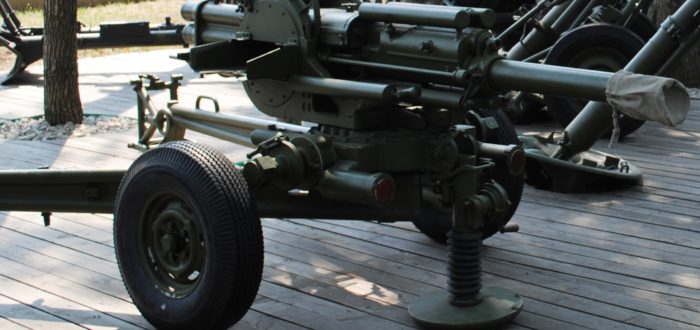Yuri Lyamin In early February, on the eve of 40th anniversary of the Islamic Revolution in Iran, a large public exhibition of the defence achievements of the Iranian armed forces and military industry was held. This exhibition, titled Eghtedar 40 (‘Power 40’) showcased Iranian-made ballistic missiles, unmanned aerial vehicles (UAVs), armoured fighting vehicles, surface-to-air missiles (SAMs),



